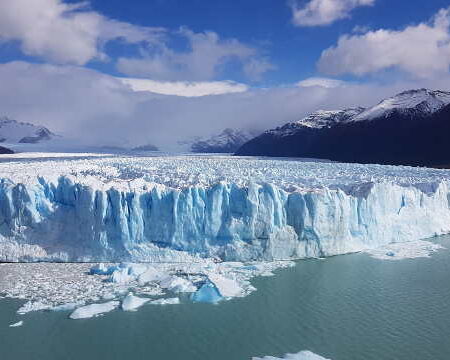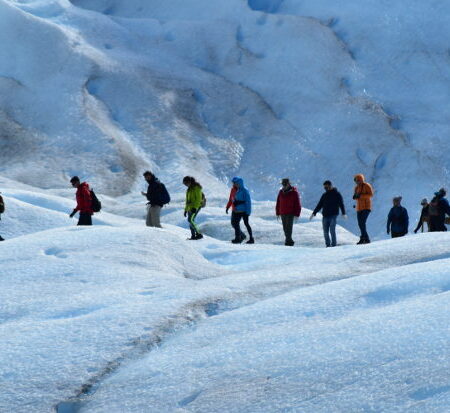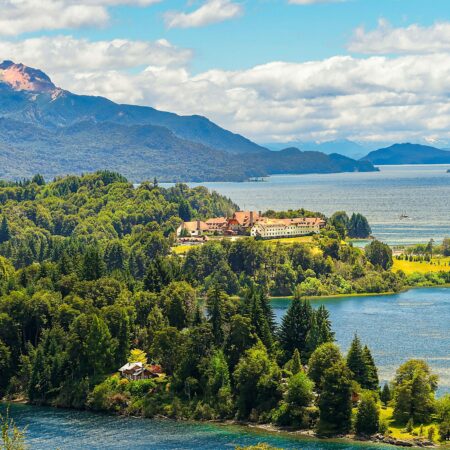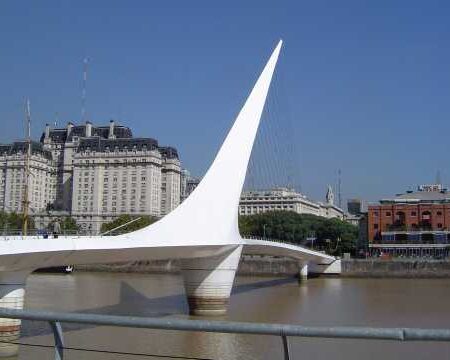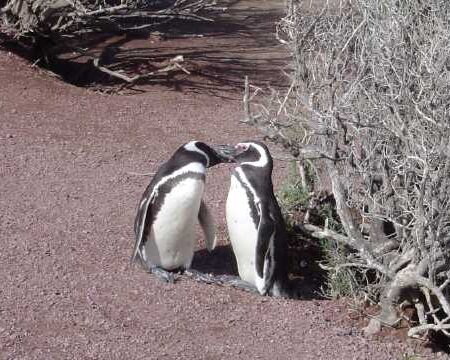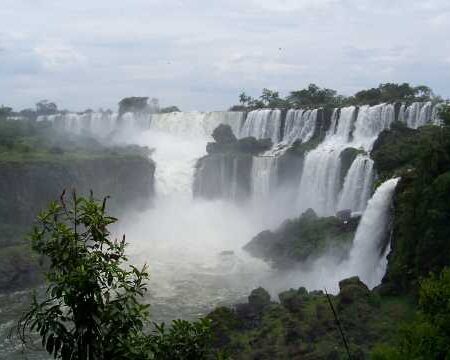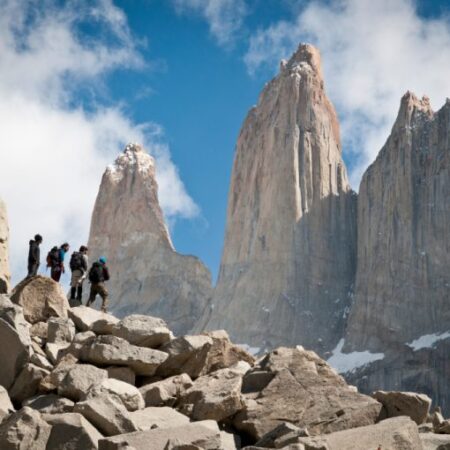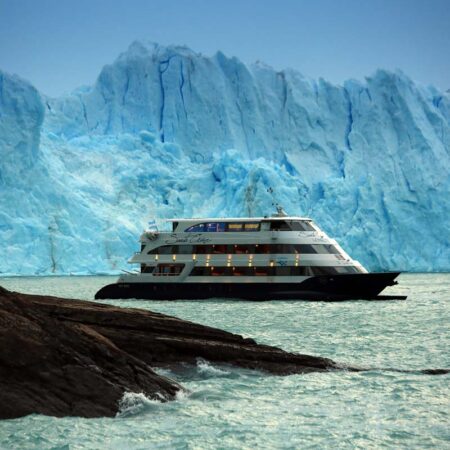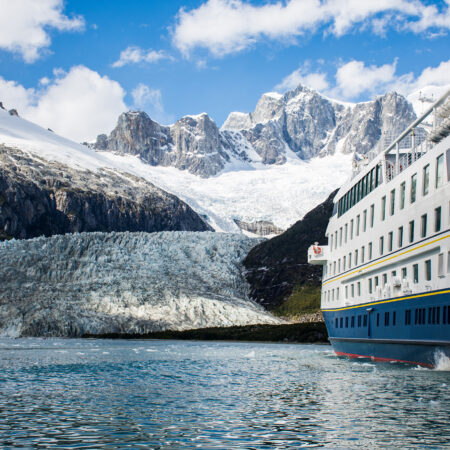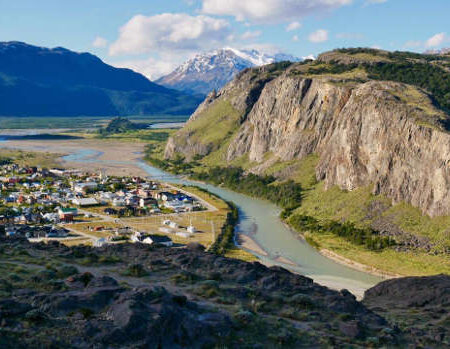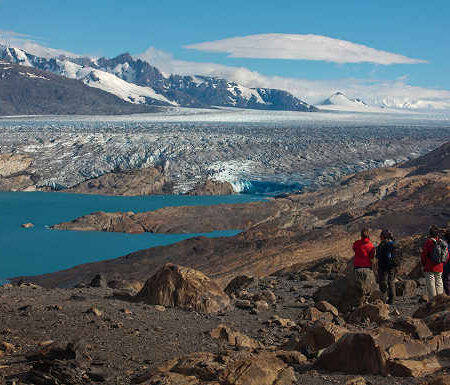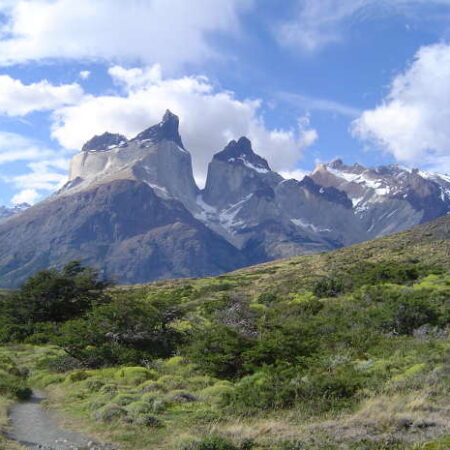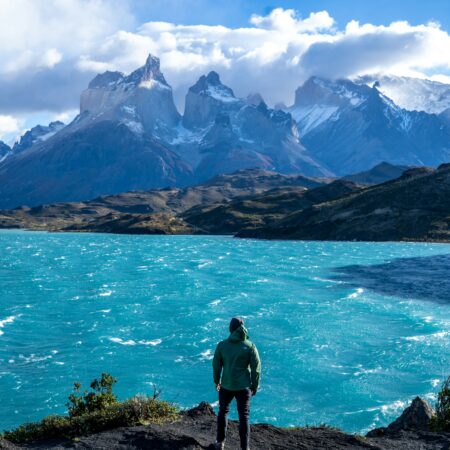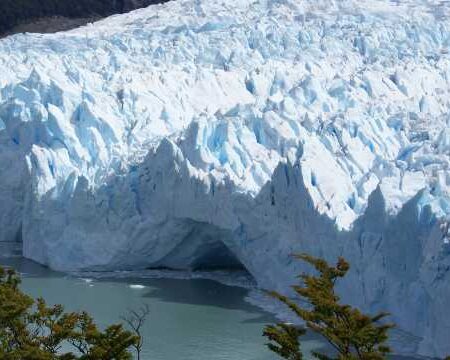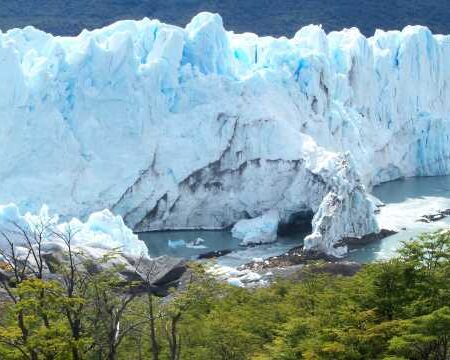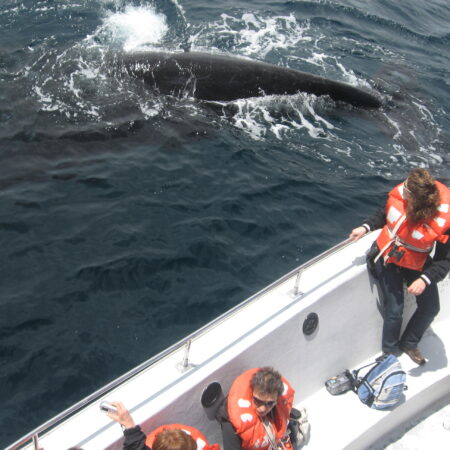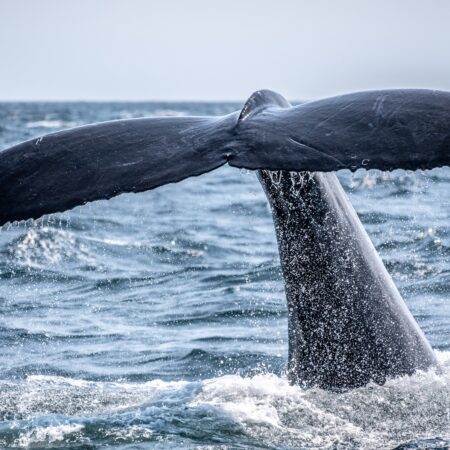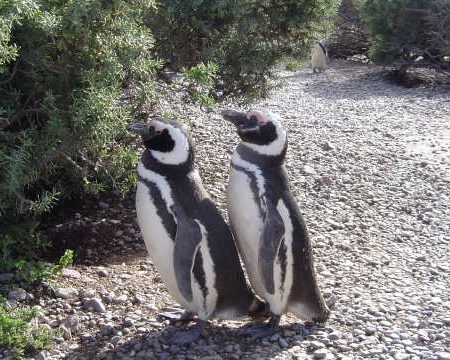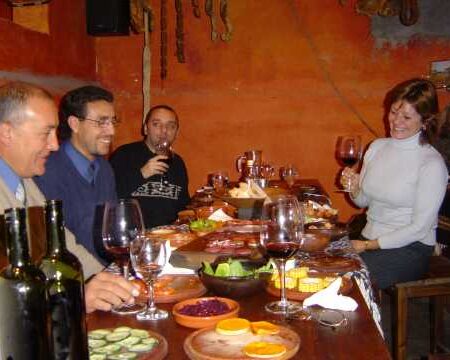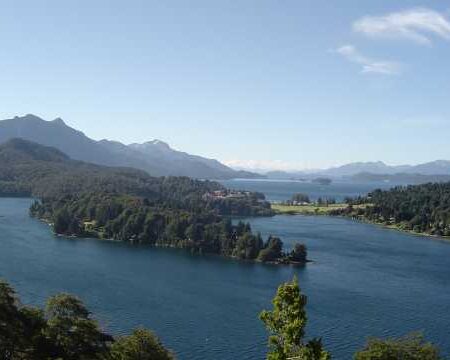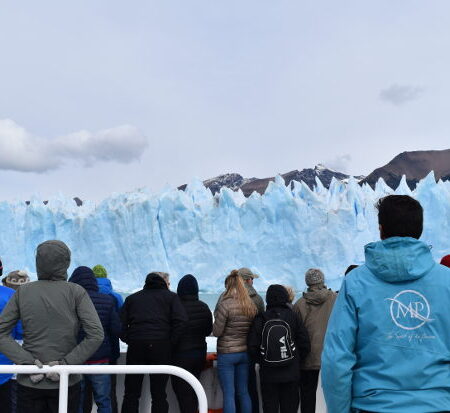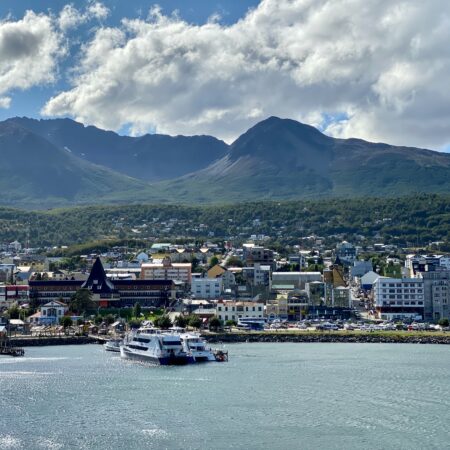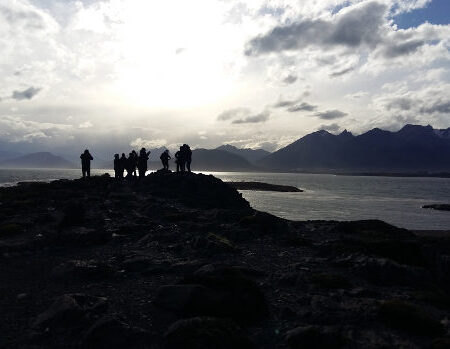On the Atlantic coast of Río Negro, 45 kilometers from Viedma, lies the Punta Bermeja Wildlife Reserve, popularly known as La Lobería. This protected area preserves the first colony of South American sea lions (Otaria flavescens) recorded in Patagonia and one of the largest haul-outs in Argentina.
History and conservation
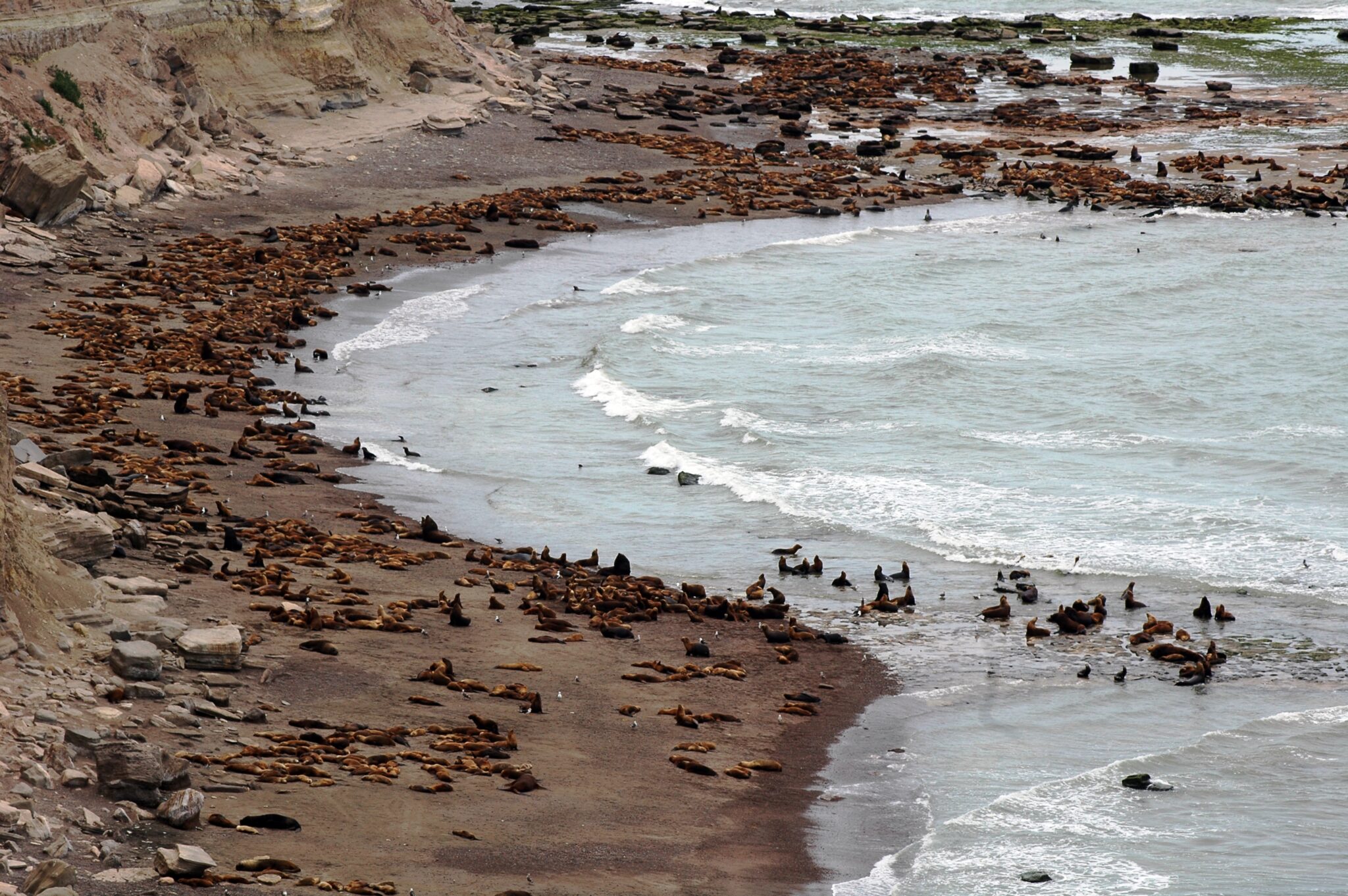 Created in 1971 with the purpose of protecting the sea lions and their genetic diversity, the reserve covers 14 kilometers of coastline, with a strip of 500 meters inland and 1,000 meters offshore. The population of these animals has shown sustained growth: depending on the time of year, it ranges between 2,000 and 7,500 individuals. A census carried out in 2018 counted 6,011 specimens.
Created in 1971 with the purpose of protecting the sea lions and their genetic diversity, the reserve covers 14 kilometers of coastline, with a strip of 500 meters inland and 1,000 meters offshore. The population of these animals has shown sustained growth: depending on the time of year, it ranges between 2,000 and 7,500 individuals. A census carried out in 2018 counted 6,011 specimens.
Morphology and behavior
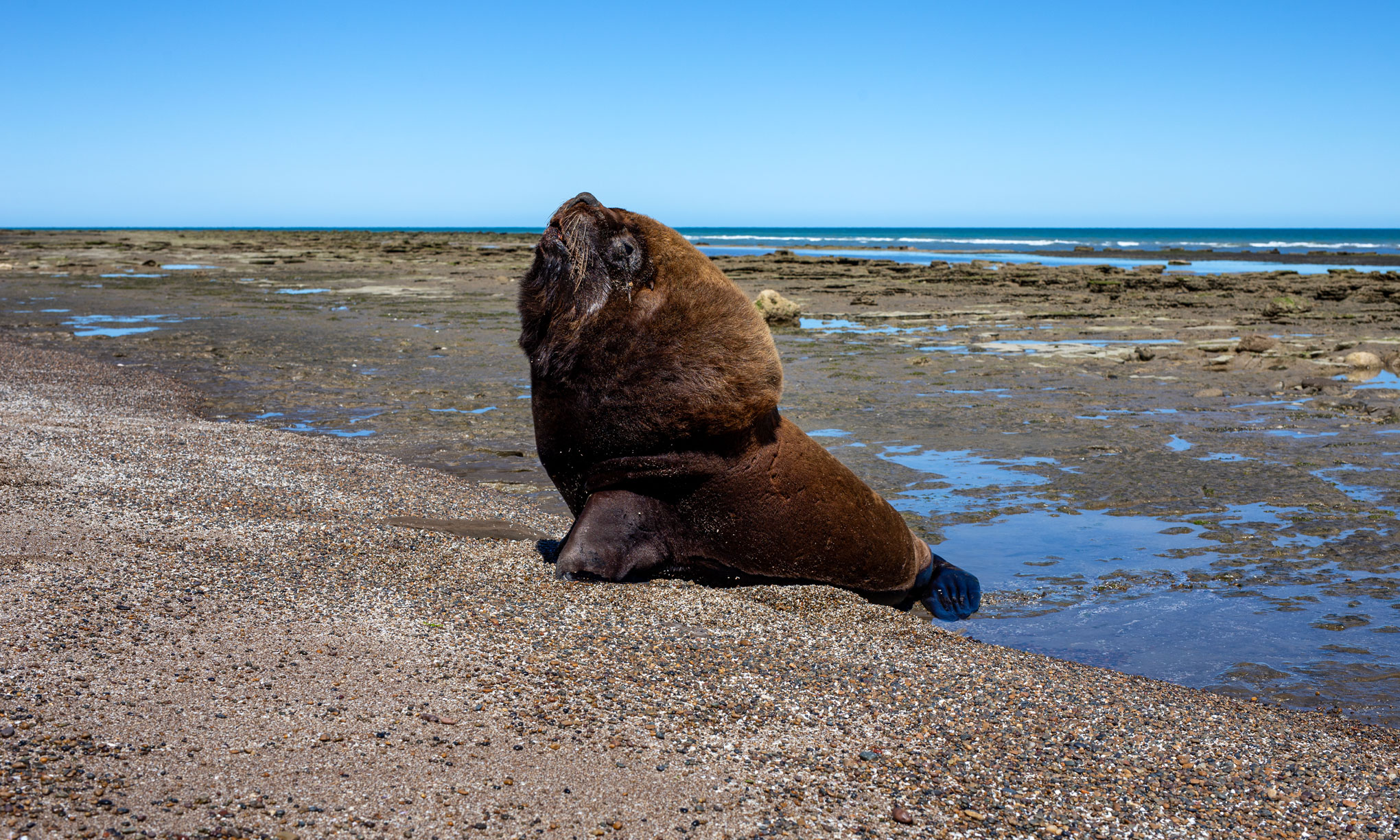 South American sea lions show marked differences according to sex and age.
South American sea lions show marked differences according to sex and age.
Males: reach up to 3.5 meters in length, with a broad neck covered in thick fur, a characteristic mane, and prominent whiskers.
Females: smaller in size, reaching up to 2.5 meters; they lack a mane and have a more slender silhouette.
Pups: at birth measure just over 40 centimeters and display short, shiny, dark fur.
Their diet consists exclusively of fish, with consumption reaching up to 25 kilograms per day. Although on land they move with some clumsiness, they use their four flippers to move among rocks and islets with sufficient agility.
The life cycle in the reserve
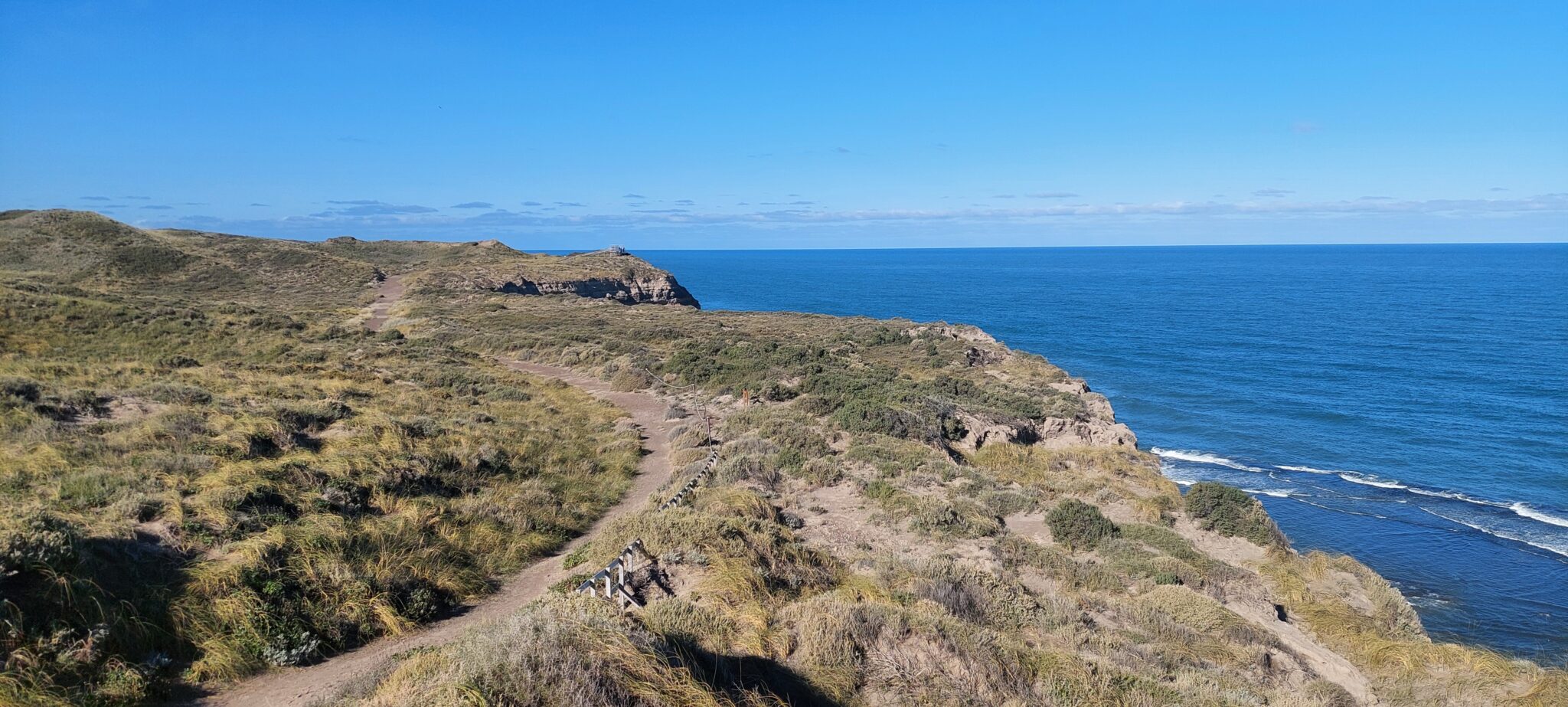 Spring marks the beginning of the breeding season. Males arrive first to establish territories and form harems, frequently fighting for dominance. Shortly afterward, females arrive, give birth to their pups, and remain on land for about five weeks, during which they fast while nursing them. This concentration of individuals attracts orcas, which approach the coast in search of vulnerable pups.
Spring marks the beginning of the breeding season. Males arrive first to establish territories and form harems, frequently fighting for dominance. Shortly afterward, females arrive, give birth to their pups, and remain on land for about five weeks, during which they fast while nursing them. This concentration of individuals attracts orcas, which approach the coast in search of vulnerable pups.
Observation and interpretation
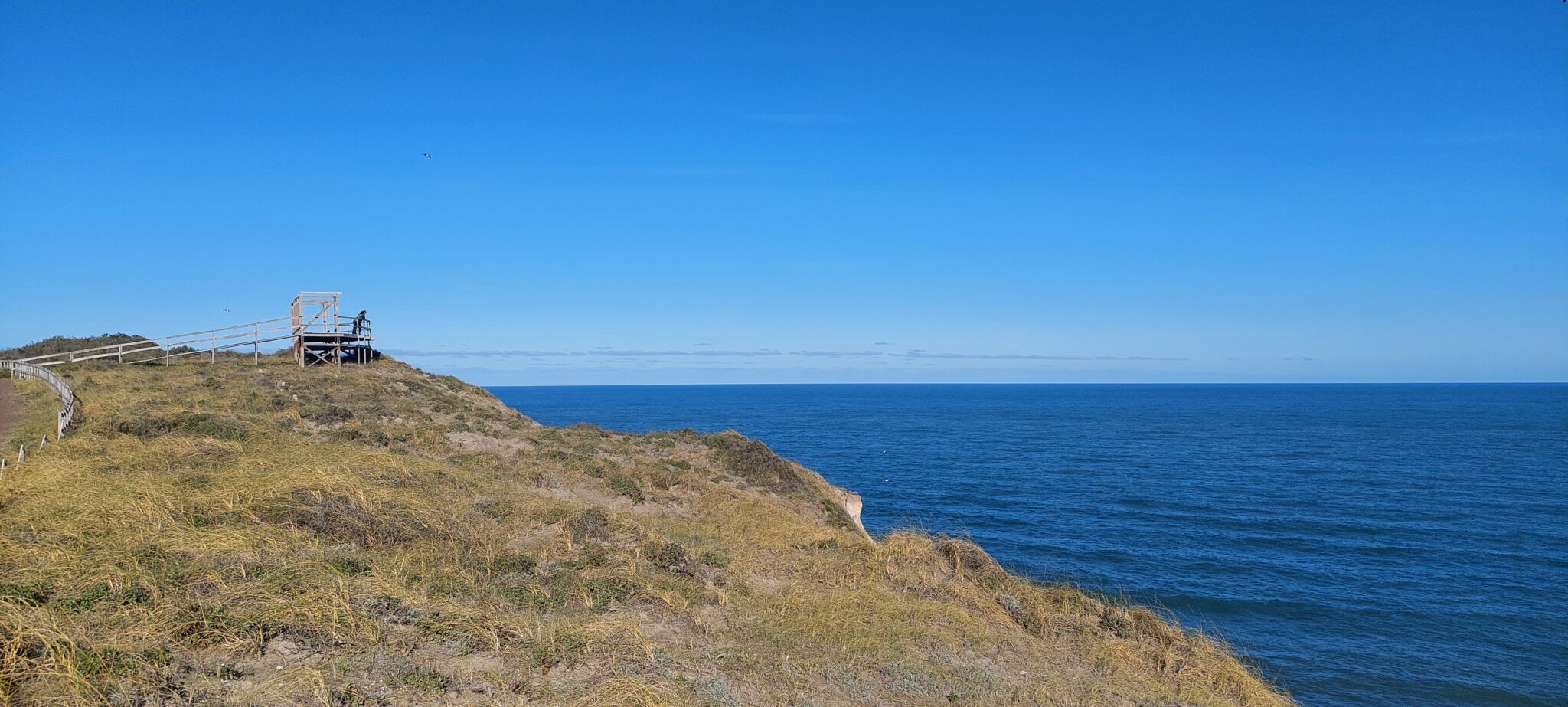 At the Punta Bermeja Interpretation Center, visitors can access viewpoints located on the cliffs, from which it is possible to observe the colony in its natural habitat. The site also offers audiovisual and photographic materials illustrating the biological processes of this marine population, one of the most remarkable wildlife spectacles of the Patagonian Atlantic.
At the Punta Bermeja Interpretation Center, visitors can access viewpoints located on the cliffs, from which it is possible to observe the colony in its natural habitat. The site also offers audiovisual and photographic materials illustrating the biological processes of this marine population, one of the most remarkable wildlife spectacles of the Patagonian Atlantic.
© Sergio Pappatico
